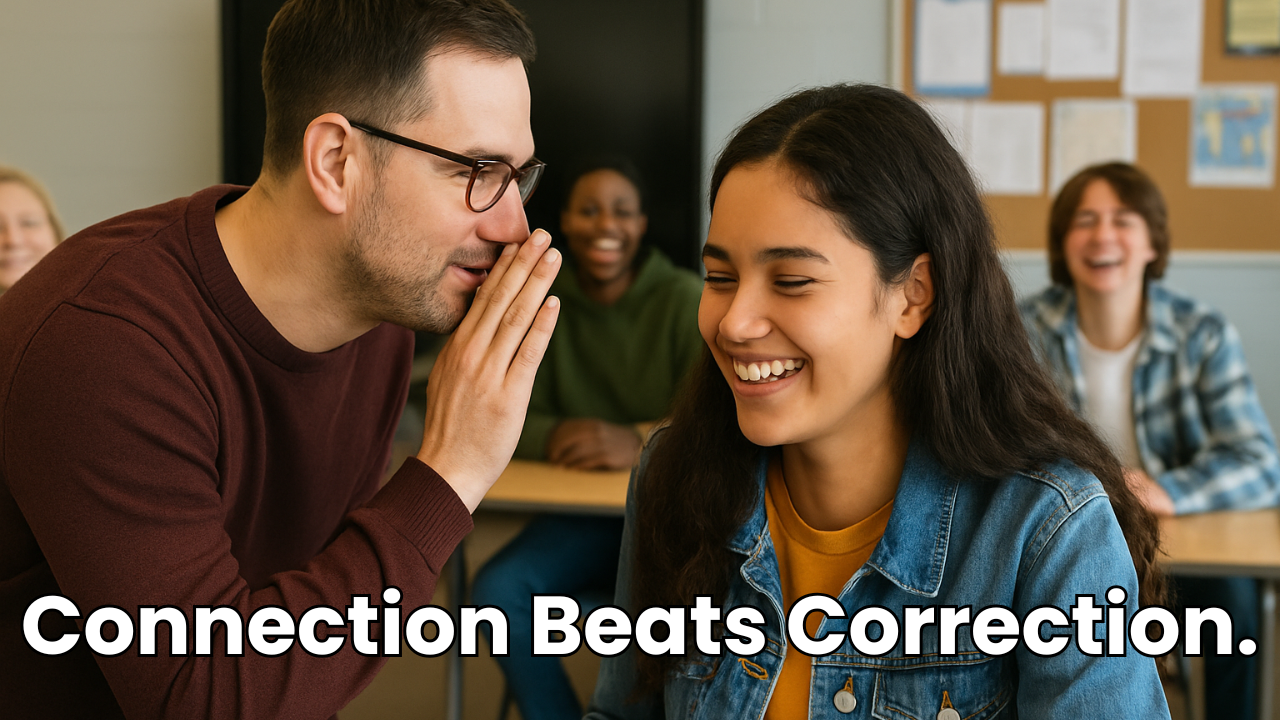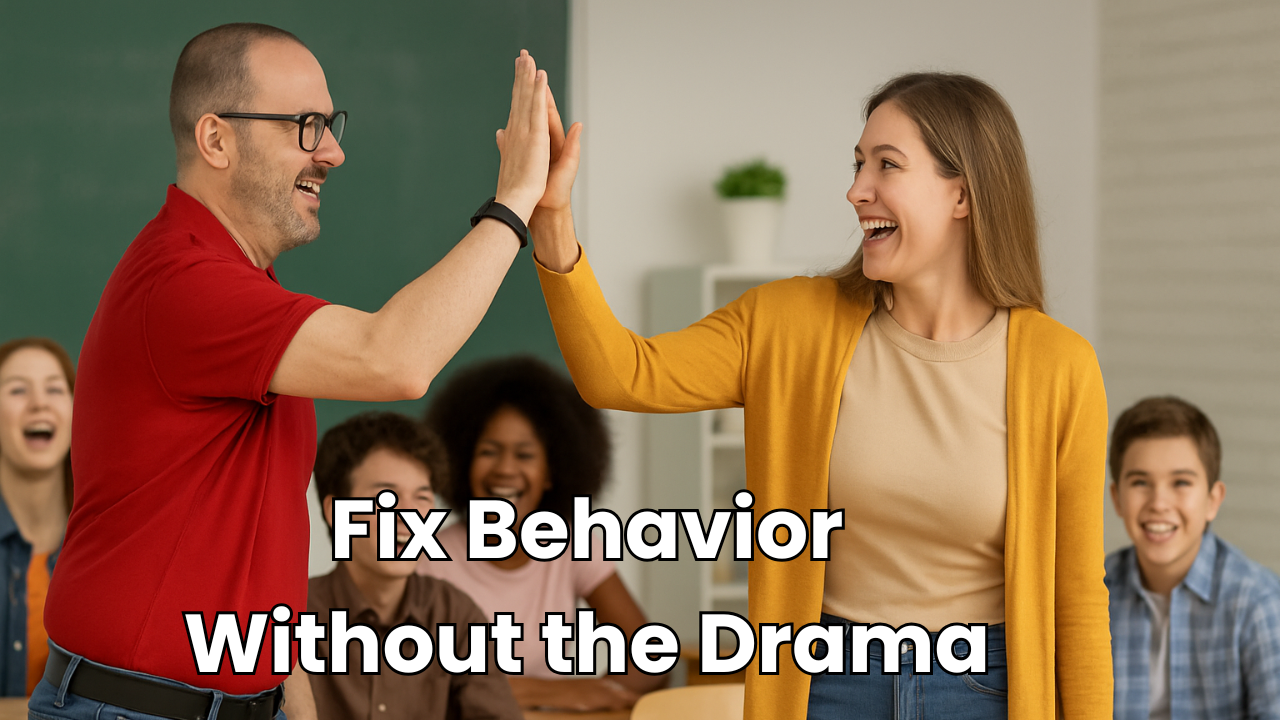
In the world of language teaching, engagement is not just a buzzword; it's the cornerstone of effective instruction.
As language teachers, we understand that engagement is about more than just keeping students busy.
It's about immersing them in the language in a way that is both meaningful and enjoyable.
The Essence of Engagement
Engagement in the language classroom is about active participation.
It's a common misconception that a teacher-led classroom is teacher-centric. However, the reality is quite the opposite.
In a comprehensible-input based classroom, the direction and content of the lesson are largely driven by the students. This approach is akin to a music class, where the teacher conducts, but the music is produced by the students.
The key is to use the target language to engage students, allowing them to steer the lesson's direction.
Building a Positive Classroom Culture
A positive and inclusive classroom culture is vital for engagement.
Students need to feel comfortable and safe to express themselves.
This involves creating an environment where all opinions are valued and respected, regardless of whether they align with the majority or not.
A classroom where students feel valued and heard is a classroom where engagement thrives.
Interactive Activities for Maximum Engagement
Brain Breaks
Brain breaks are short, rejuvenating activities that give students a mental break from the lesson.
They are especially useful in longer classes or when you notice a dip in student engagement.
These activities, which can range from simple games like hot potato and musical chairs to more elaborate ones like obstacle courses, help refresh students' minds.
They are not a waste of time; rather, they re-energize students for better focus and participation.
Games
Games are a fantastic way to engage students in a more structured manner. Some examples include:
- The Unfair Game: A game of risk and reward, where answering questions could lead to gaining or losing points.
- Stand Up, Sit Down: A quick-paced review game where students answer questions to remain seated.
- The Pencil Game: A true/false game where students grab an object based on their answer.
- Classroom Twister: A physical game that can be adapted to include vocabulary or grammar points.
These games not only make learning fun but also reinforce language skills in an interactive way.
Leveraging Technology for Engagement
Incorporating technology in language teaching can significantly boost engagement. Some useful tools include:
- Gimkit: A versatile platform for creating interactive games.
- Quizlet: A classic tool for vocabulary practice and games.
- Blooket: A newer platform similar to Quizlet and Gimkit.
- Kahoot: A popular game-based learning platform.
These tools allow for a variety of interactive activities that can cater to different learning styles and keep students engaged.
Conclusion
Engaging students in the language classroom is about creating an environment where they feel valued, safe, and excited to participate.
Whether through interactive activities, games, or technology, the goal is to make the learning process enjoyable and effective.



